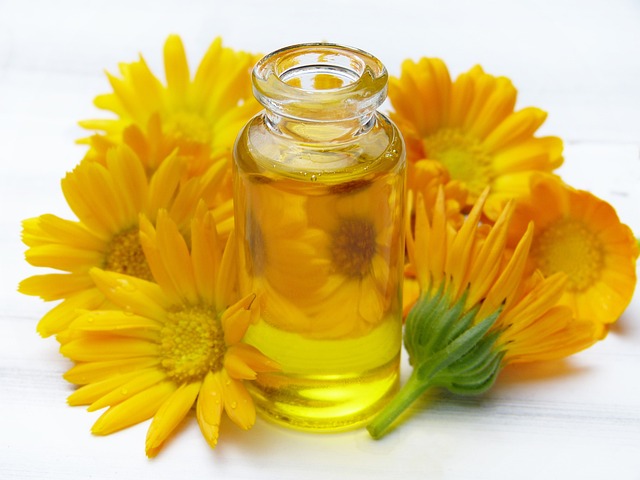Skin tags, caused by friction or medical conditions, can be removed safely at home with topical creams or natural remedies, but for persistent cases, professional Bristol Tag Removal methods like surgery or cryotherapy are recommended. Always consult a dermatologist to determine the best approach based on tag size, number, and location, minimizing risks and ensuring effective treatment.
Skin tags, those tiny, harmless growths on your skin, can be a nuisance. If you’re looking for effective solutions, this guide offers a comprehensive overview of the best products for removing skin tags, from topical creams and natural remedies to surgical options. We’ll delve into the causes and considerations surrounding these common skin concerns, providing expert insights tailored to Bristol tag removal.
- Understanding Skin Tags: Causes and Considerations
- Topical Creams and Ointments for Tag Removal
- Surgical Options: When and Why to Choose Them
- At-Home Remedies and Natural Treatments
- Bristol Tag Removal: Products and Tools for Effective Results
Understanding Skin Tags: Causes and Considerations
Skin tags, also known as acrochordons, are small, soft skin growths that typically appear in areas where skin rubs against itself, such as the neck, armpits, or groin. They are generally harmless but can be unsightly and cause discomfort for some individuals. Understanding the causes of these skin tags is essential when considering removal methods. Often, they form due to friction or trauma to the skin, and in some cases, they may be linked to underlying conditions like diabetes or hormonal imbalances.
When exploring Bristol Tag Removal options, it’s crucial to consider various factors. Different methods have their pros and cons, from surgical excision to topical treatments and even home remedies. Each person’s experience with skin tags can vary, so consulting a dermatologist is advisable for personalized advice. They can assess the size, number, and location of your skin tags to recommend the most suitable removal technique, ensuring safety and effectiveness.
Topical Creams and Ointments for Tag Removal
For many, skin tags are an unsightly and uncomfortable concern. Fortunately, there’s a range of topical creams and ointments designed to target and remove them effectively. These products offer a non-invasive approach to Bristol tag removal, providing relief for those seeking an at-home solution. Active ingredients such as salicylic acid or duct tape work by gradually exfoliating the skin tag until it disappears, leaving behind smooth, tag-free skin.
When considering a topical treatment, it’s crucial to opt for products specifically formulated for this purpose. High-quality creams and ointments are gentle yet potent, ensuring safety during application. They are also easily accessible and provide a cost-effective alternative to medical procedures, making Bristol tag removal more convenient than ever before.
Surgical Options: When and Why to Choose Them
Surgical options for skin tag removal are available for those seeking a more permanent solution. This method is particularly effective for individuals with multiple tags or larger, more persistent ones that haven’t responded to other treatments. Bristol Tag Removal procedures can range from simple snip-and-burn techniques to more complex excisions, depending on the number and size of the tags.
Choosing surgical removal should be considered when non-invasive methods fail or for cosmetic reasons. While it offers a permanent fix, surgery carries risks like infection, scarring, and potential anaesthetic side effects. It’s crucial to consult with a qualified dermatologist who can assess your specific case and recommend the most suitable Bristol Tag Removal method.
At-Home Remedies and Natural Treatments
Many people opt for at-home remedies and natural treatments as a gentle and cost-effective way to remove skin tags, also known as Bristol tag removal. Some common methods include applying apple cider vinegar or tea tree oil directly to the skin tag, as these substances are believed to have anti-inflammatory properties that can help shrink the growth. Another popular option is using duct tape, where one covers the skin tag with a small piece of duct tape for several days, removing it upon exposure to air.
While these methods are often touted as effective, it’s important to note that results may vary from person to person. Some natural treatments might cause irritation or allergic reactions, so it’s advisable to perform a patch test before applying any solution to the skin tag. Additionally, for more persistent or unsightly skin tags, consulting a dermatologist is recommended for professional Bristol tag removal options tailored to individual needs.
Bristol Tag Removal: Products and Tools for Effective Results
When it comes to Bristol tag removal, there’s a range of products and tools available that can offer effective results. One popular method involves using over-the-counter creams or gels designed to shrink and eliminate skin tags. These formulations often contain ingredients like salicylic acid or dermatologically tested substances that soften the skin tags, making them easier to remove.
For more persistent or larger skin tags, medical procedures like cryotherapy (freezing) or surgical excision might be recommended. Cryotherapy is a quick and relatively painless process where liquid nitrogen is used to freeze and destroy the skin tag. Surgical excision involves a minor procedure where the skin tag is cut off with a scalpel under local anesthesia. Both methods have their advantages and are considered safe when performed by qualified healthcare professionals, ensuring effective Bristol tag removal.
When considering the best products for removing skin tags, it’s evident that various options cater to different needs. From topical treatments to surgical procedures and natural remedies, each approach offers a unique path to tag-free skin. For those seeking efficient and accessible solutions, Bristol Tag Removal methods prove effective, providing tools and products specifically designed for successful results. Understanding your skin’s needs and consulting professionals is key in navigating this journey towards clearer, smoother skin.
